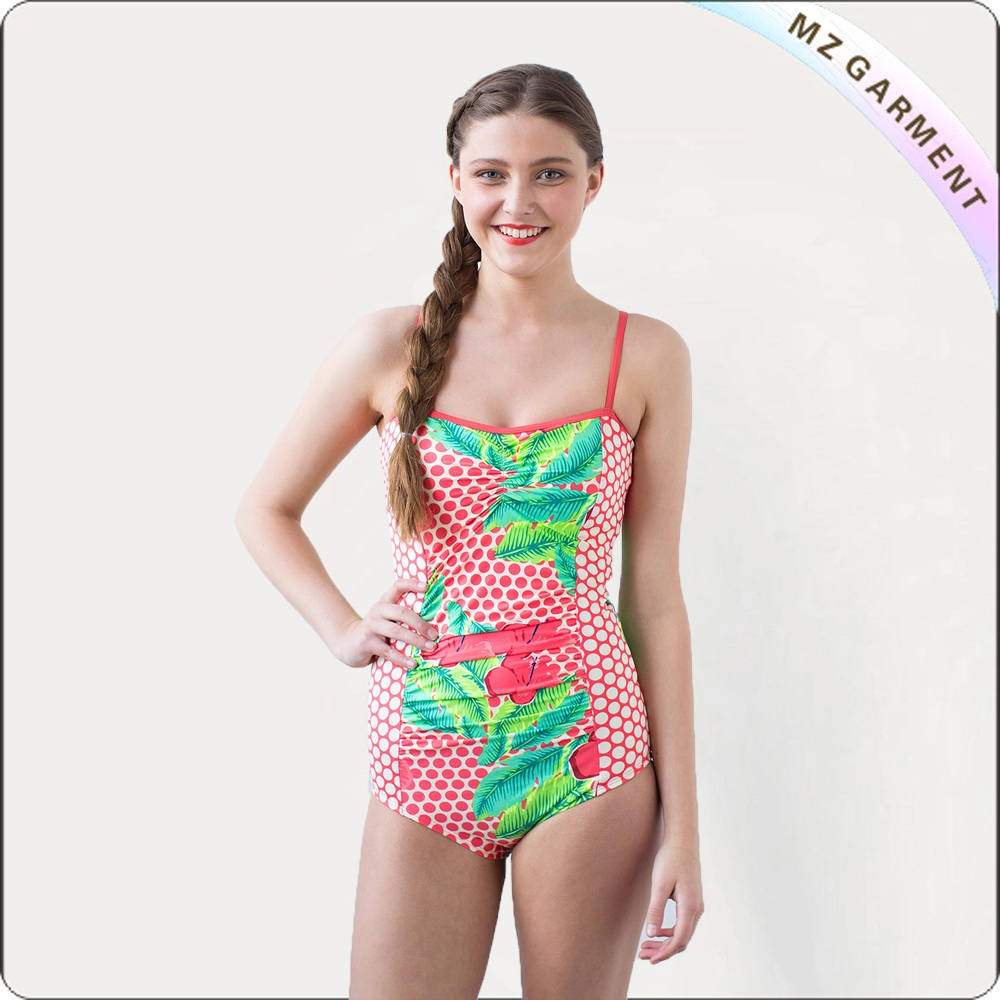The Fabric of Swimwear
 Lycra Fabric
Lycra FabricLycra is a kind of synthetic elastic fibre, which is known for its exceptional elasticity. Lycra can be freely stretched 4 to 7 times, and can quickly recover its original length after the external force is released. It can be interwoven with any other artificial or natural fibres instead of being used alone. It does not change the appearance of the fabric for it is an invisible fibre. It can significantly improve the performance of the fabric. What's more, the swimsuit made from Lycra has a longer life than that made from common materials. Lycra is more suitable for one piece swimsuits.
Nylon Fabric
The fabric obtained by blending or interweaving nylon filaments or short fibers with other fibers. It has the characteristics and advantages of each fiber. The most common nylon products in the market are nylon 6 and nylon 66, which have good low temperature resistance. And there is not much change in their resilience below -70℃. Although their solidity is not enough, it is the most common swimsuit material with excellent elasticity and softness.
Polyester Fabric
The greatest advantage of polyester fabric is good wrinkle resistance and shape retention, so it is suitable for making coats. Polyester fabric has poor hygroscopicity and ventilation, and dust is easy to stick to the fabric because static cling is easy to occur in this fabric due to static electricity, which affects the beauty and comfort of clothing. However, swimwear made form polyester fabric is extremely easy to dry after being washed. What's more, its wet strength hardly drops and it does not deform. Therefore, it has good washability. Polyester fabric has high strength and resilience, so it is firm and wrinkle resistant.
Lining and Auxiliary Materials
One of the design principles of swimwear is "comfort and a good fit". Nylon is mostly used for linings of swimsuits. If inelastic auxiliary materials such as acryls and shells are used, they should be put into place not affecting the elasticity of clothing, so as not to affect the wear comfort of consumers. When applied properly, auxiliary materials will add the finishing touch to swimwear.